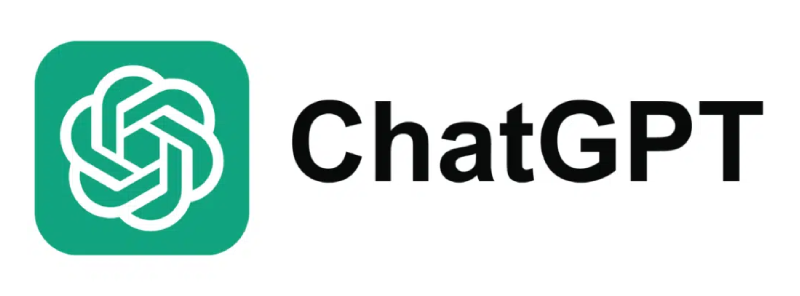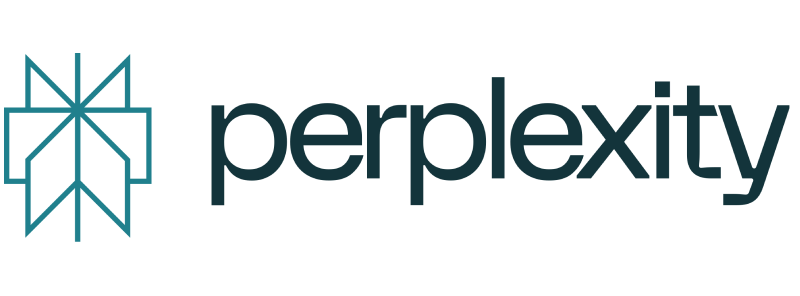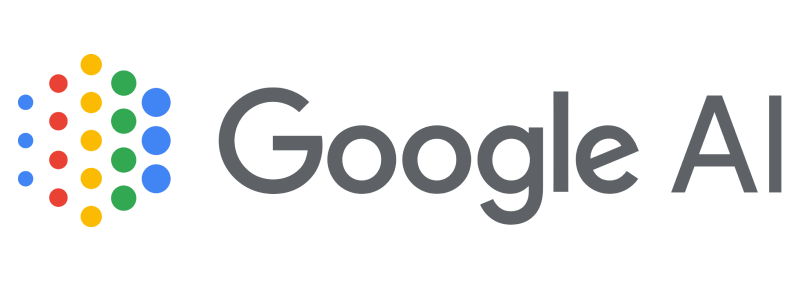Key takeaways
- Promissory notes are best for small, informal loans where trust already exists
- Loan agreements offer stronger protection for large or high-risk transactions
- Use secured promissory notes when collateral is involved and unsecured ones when it isn’t
- Choose the right loan agreement type based on whether it's personal, business, or asset-related
- Docupilot simplifies loan document creation with smart templates, auto-fill, and eSignatures
You’re documenting a loan. The intent is solid. The parties are aligned. However, what’s not clear is what kind of legal document actually protects you best.
If you underestimate the risk and go with a promissory note, you might end up with no real recourse if the borrower defaults. Yet, if you overcomplicate a straightforward loan with a dense, multi-clause loan agreement, you’re adding friction, legal costs, and unnecessary baggage to what could’ve been a clean transaction.
Whether you're a founder issuing a convertible loan, a finance lead lending company funds, or a legal advisor drafting documents, this decision will be of utmost importance.
That is why, in this post, we will explain the critical legal and structural differences between promissory notes and loan agreements, how to assess which document fits your situation (personal, commercial, or investment), and how to generate either document fast, using customizable templates that don't require a legal team.
What are promissory notes?

A promissory note is like a handshake, but on paper. It’s a legally binding written document where the borrower agrees to repay a specific amount to the lender, usually with interest and on a clear schedule.
Even modern currency notes follow a structure similar to promissory notes. They carry phrases like “I promise to pay the bearer the sum of…,” which is essentially what a promissory note is supposed to do.
When is a promissory note used?
Promissory notes are commonly used when you want to keep things straightforward, like:
- Lending money to a friend or family member
- Small personal loans between individuals
- Short-term loans between businesses
Key features of a promissory note:
- Simple and focused: Usually includes just the loan amount (principal), interest rate (if any), repayment terms, and signatures
- Flexible: Can be secured (backed by collateral) or unsecured
Are promissory notes enforceable?
Yes, promissory note is a legally enforceable contract, as long as it meets the following basic legal requirements:
- Mutual consent between the lender and borrower
- Clear, specific terms (amount, timeline, interest)
- Consideration (a clear benefit is exchanged)
If you need a promissory note, feel free to use Doucpilot’s customizable templates to prepare comprehensive and compliant documents.
Use Promissory Agreement template
What are loan agreements?

A loan agreement is a detailed legal contract that sets the terms, responsibilities, and consequences tied to borrowing money. It's a full roadmap of the loan, designed to protect both parties.
When is a loan agreement used?
- Larger loan amounts where stakes (and risks) are high
- Business financing or startup investments
- Real estate purchases or vehicle loans
Key features of loan agreements:
- Comprehensive clauses: Covers collateral, repayment schedule, interest, default penalties, and late fees
- Dispute resolution terms: Often includes mediation/arbitration processes
- Professionally drafted: Usually created or reviewed by a legal expert
- Formally executed: Signed by both parties and often notarized for added validity
Loan agreement vs promissory note
You shouldn’t be using a loan agreement when a promissory note can do the job. That’s why you must know the difference between the two to make the right decision.
6 Types of promissory notes (and when to use them)
There are multiple types of promissory notes. Depending on the terms, repayment dates, and collaterals, you need to know which one suits your case best.
1. Secured promissory note
This note is backed by collateral, like a vehicle, jewelry, or property. If the borrower doesn’t repay, you can legally claim the asset. It is useful for bigger or riskier loans where extra security matters.
Example: Lending $,1000 to a colleague who offers their car as backup.
2. Unsecured promissory note
This note doesn’t involve any collateral. It’s simply a written promise to repay the loan, often with interest. These are easier to create but riskier if things go wrong.
Example: Lending a friend $3,000 for wedding expenses, no strings attached.
3. Demand promissory note
This note has no fixed repayment date. The lender can request repayment at any time, with reasonable notice.
It works well for flexible, short-term lending.
Example: You fund a friend’s startup with the agreement that you can call in the loan when needed.
4. Installment promissory note
An installment promissory note outlines a clear repayment schedule—typically monthly or quarterly payments, until the full amount is repaid. This is great for borrowers who prefer structure and for lenders who want visibility.
Example: Lending $12,000 to a friend who agrees to repay $1,000 each month for a year.
5. Commercial promissory note
These notes are used in business transactions, especially when short-term financing is involved. These are more formal than personal notes and are often governed by commercial lending laws. This is ideal for vendor credit, supplier loans, or startup funding.
Example: A supplier gives credit to a retailer, repayable in 60 days.
6. Personal promissory note
This is the most common type. It’s used between friends, family, or acquaintances for smaller loans that don’t require legal oversight. It’s simple, fast, and legal.
Example: You lend $1,000 to a friend for a personal emergency and write up a short note outlining repayment expectations.
Promissory notes work when trust is high. However, if the amount or risk is high, a loan agreement is what you need.
5 Types of loan agreements (and when to use them)
There are multiple types of loan agreements. Depending on whether you’re loaning for personal or business reasons, you need to know which one suits your case best.
1. Personal loan agreements
This is a formal contract used for individual, non-business loans, typically between friends, family members, or private lenders. It’s important because it protects relationships while setting clear expectations. You can use it when you’re lending a large amount to someone you know.
Example: You lend $25,000 to a neighbor for a home renovation and set terms around repayment, interest, and late fees.
2. Business loan agreement
A business loan agreement formalizes lending between a financial institution (or private lender) and a company.
These agreements outline how the funds will be used, repayment timelines, and penalties for default.
These are best suited for startup investments, working capital, or equipment financing.
Example: You invest $1 million in a friend’s SaaS startup with a two-year repayment plan and quarterly interest.
3. Real estate loan agreement
These agreements apply when borrowing funds to buy or refinance property. It typically includes clauses around mortgage terms, foreclosure rights, lien placement, and insurance requirements. These are used for home purchases, commercial property deals, or real estate investments.
Example: A couple borrows $500,000 from a private lender to buy a flat. The agreement details the repayment plan and what happens if they default on the loan.
4. Student loan agreement
These are designed to fund education-related expenses. They spell out the loan amount, interest terms (often deferred until graduation), and repayment expectations. They're used by students seeking financial aid for tuition, books, or living costs.
Example: A college student borrowing $50,000 for a four-year degree would sign a student loan agreement that starts repayment a year after graduation.
5. Auto loan agreement
This is a loan agreement tied to the purchase of a car, bike, or commercial vehicle. It usually includes the vehicle as collateral and sets fixed EMIs. This is used when you or your company are financing a vehicle purchase.
Example: A logistics firm finances five trucks and signs an agreement with monthly payments and vehicle registration as security.
How Docupilot helps create promissory notes and loan agreements Quickly
Docupilot helps you generate professional, legally sound documents in minutes, without requiring you to draft it from scratch.
You can:
1. Get customizable templates tailored for every loan type
Docupilot gives you access to professionally drafted templates for both loan agreements and promissory notes. Each template comes with built-in legal structure, standard clauses, and fully editable sections. Just choose the one you need, adjust the terms (like interest, repayment schedule, and loan type) and you’re good to go.
2. Add or remove clauses automatically using smart logic
Docupilot only shows the clauses that apply to your specific loan scenario. You can use conditional logic to dynamically tailor each document based on factors like loan type, repayment terms, or borrower profile.
For example, if the loan is secured, Docupilot will automatically include collateral clauses. If it’s a personal or informal loan, those sections are skipped entirely. This means you don’t have to manually edit templates for every situation.
3. Auto-fill details from your CRM, Spreadsheets, or Forms
Docupilot can auto-populate fields using data from your CRM (like Salesforce or Zoho), Google Drive, or intake forms. It pulls borrower details, repayment terms, interest rates, and more straight from your connected tools, saving time and reducing errors.
4. Sign documents instantly and store them securely
Once your document is ready, send it out for signature directly from Docupilot. Both the lender and borrower can sign electronically using a secure, audit-ready process. Plus, you can securely store finalized agreements in Docupilot’s encrypted storage for easy access and compliance.
5. Use across teams and individuals
Docupilot’s interface is perfect for legal teams, finance leads, and solo lenders, as it helps manage documents efficiently. It speeds up the process, keeps everything organized, and ensures contract compliance.
With Docupilot, your loan documents are clear, complete, and ready to use each and every time, without any formatting issues and missing terms.
Before you lend, lock it down
Lending money is easy, but recovering it may be hard, especially when you skip the right approach. Choosing the right document is the first step to protecting yourself, while lending sizable amounts.
Promissory notes work well for simple, low-risk loans between trusted parties. Loan agreements offer stronger protection for high-value or complex deals.
With Docupilot, you can create the first drafts of each document in minutes without the help of a legal team or manual formatting.
Start with a template, customize with logic, and send it for signing, all from one platform.
Book a quick demo to see Docupilot in action.


















